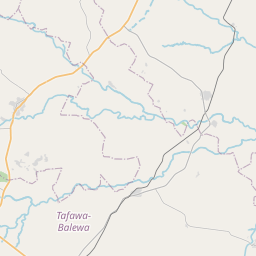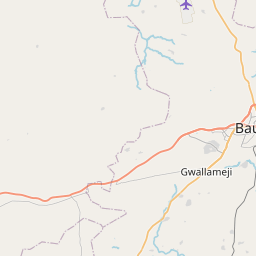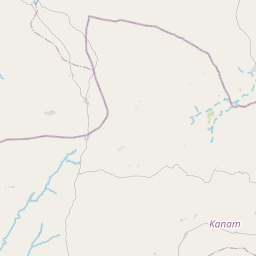Silent Valley National Park
Silent Valley National Park is located in the Nilgiri Hills, Palakkad District in Kerala. The area in this national park was historically explored in 1847 by the Botanist Robert Wight.
The park is one of the last undisturbed tracts of South Western Ghats montane rain forests and tropical moist evergreen forest in India. Contiguous with the proposed Karimpuzha National Park (225 km) to the north and Mukurthi National Park (78.46 km²) to the north-east, it is the core of the Nilgiri International Biosphere Reserve (1,455.4 km), Nilgiri Sub-Cluster (6,000+ km) under consideration by UNESCO. And it’s a part of The Western Ghats World Heritage Site. The visitors’ centre for the park is at Sairandhri.
The History of Silent valley National Park
The area is locally known as “Sairandhrivanam” . In local Hindu legend, Sairandhri is Draupadi, the polyandrous wife of the five Pandavas, who disguised herself as Sairandhri, queen Sudeshna’s assistant, while they were in exile.The Pandavas, deprived of their kingdom, set out on a 14-year exile. They wandered south, into what is now Kerala, until one day they came upon a magical valley where rolling grasslands met wooded ravines, a deep green river bubbled its course through impenetrable forest, where at dawn and twilight the tiger and elephant would drink together at the water’s edge, where all was harmonious and man unknown. Beside that river, in a cave on a hill slope, the Pandavas halted
Rivers Near Silent Valley
Kunthipuzha River divides the park into a narrow eastern sector of width 2 kilometers and a wide western sector of 5 kilometers.The main tributaries of the river, kunthancholapuzha, Karingathodu, Madrimaranthodu, Valiaparathodu and Kummaathanthodu originate on the upper slopes of the eastern side of the valley.
Climate in Silent Valley National Park
The mean annual temperature is 20.2 °C. The hottest months are April and May when the mean temperature is 23 °C and the coolest months are January and February when the mean temperature is 18 °C. Because of the high rainfall, the relative humidity is consistently high (above 95%) between June and December.
Birds in Silent Valley National Park
Birdlife International 16 bird species in Silent Valley as threatened or restricted: Nilgiri Wood- pigeon,Malabar Parakeet, Grey-headed Bulbul, Broad-tailed Grassbird, Rufous Babbler, Wayanad Laughing Thrush, Nilgiri Laughing Thrush, White-bellied Short wing, Rare bird species found here include Ceylon Frog mouth and Great Indian Hornbill.
Mammals in Silent Valley
There are at least 34 species of mammals at Silent Valley including the Lion-tailed Macaque, Niligiri Langur, Malabar Giant Squirrel, Nilgiri Tahr, Peshwa’s Bat (Myotis peshwa) and Hairy- winged Bat. There are nine species of bats, rats and miceCommon Palm Civet, Small Indian Civet, Brown Palm Civet, Ruddy Mongoose, Stripe-necked Mongoose, Dhole, clawless otter, sloth bear, small travancore flying squirrel, Indian pangolin (scaly anteater), porcupine, wild boar, sambar, spotted deer, barking deer, mouse deer and gaur also live here.
Insects in Silent Valley National Park
There are at least 730 identified species of insects in the park. The maximum number of species belong to the orders Lepidoptera and Coleoptera. Many unclassified species have been collected and there is a need for further studies. 33 species of crickets and grasshoppers have been recorded of which one was new. 39 species of true bugs (six new) and two species of Homoptera (both new) have been recorded. 128 species of beetles including 10 new species have been recorded. Over 128 species of butterflies and 400 species of moths live here. A 1993 study found butterflies belonging to 9 families. The families Nymphalidae and Papilionidae contained the maximum number of species. 13 species were endemic to South India, including 5 species having protected status. 7 species of Butterflies were observed migrating in a mixed swarm of thousands of butterflies towards the Silent Valley National Park. In one instance an observer noted several birds attempting to catch these butterflies. The bird species included the Pied Bushchat Saxicola caprata, Nilgiri Pipit Anthus nilghiriensis, Tickell’s Warbler Phylloscopus affinis, Greenish Leaf-Warbler Phylloscopus trochiloides and the Oriental White-eye Zosterops palpebrosa. At least 500 species of earthworms and leeches have also been identified in the park.
Flowering plants in Silent Valley
Angiosperm flora currently identified here include 966 species belonging to 134 families and 599 genera. There are 701 Dicotyledons distributed among 113 families and 420 genera. There are 265 Monocotyledons here distributed among 21 families and 139 genera. Families best represented are the Orchids with 108 species including the rare, endemic and highly endangered orchids Ipsea malabarica, Bulbophyllum silentvalliensis and Eria tiagii, Grasses (56), Legumes (55), Rubiaceae (49) and Asters (45). There are many rare, endemic and economically valuable species, such as cardamom Ellettaria cardamomum, black pepper Piper nigrum, and 110 plant species of importance in Ayurvedic medicine.
Map View



















Leave a review
You must be logged in to post a comment.